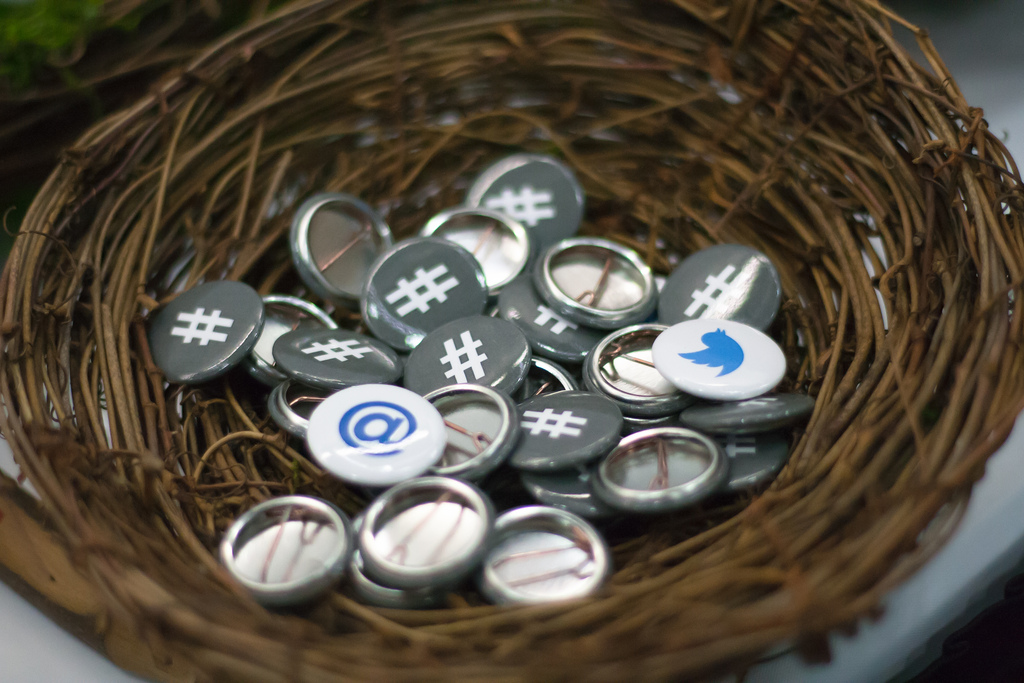Twitter is a great platform. Unlike blogs, which are more in-depth, or Facebook and LinkedIn, which have a very low limit on how often you can post per day, Twitter allows you the opportunity to publish multiple times throughout the day without alienating your users.
That makes it a great place to establish yourself as a ‘thought leader,’ and prove your value within your space.
But Twitter can also be very intimidating for people and businesses who are new to social media. What should I tweet about? How do I format a tweet? What about the hashtags that everyone seems to be on about?
Fear not–even though Twitter may seem intimidating, it’s actually very easy to use once you know the basics. To start, tweets can be broken down into three main categories:
- Creation. Original content–blogs, brief blurbs, and other useful distinctive content.
- Curation. Any link or other useful source that you compile from around the web.
- Conversation. Engagement with your followers or other people on Twitter.
As Adrian notes in his post about the 3 Cs of Twitter, curation should make up the majority of your tweets. That much is apparent just by browsing around Twitter for a few minutes. Twitter is full of links that people find and share because they’re very useful and because Twitter is a great medium for sharing such content.
Knowing that curation ought to make up the majority of your posts to Twitter, it’s also the focus of this post here about how to write a great tweet. Let’s assume that you already have a link, and you’re just curious about how to share it. Format is very important on Twitter, and I usually fall back on one of these four formats for sharing useful links:
- Headline only: Just like it sounds: just a headline, and nothing more. This is useful if you’ve come across an article with a super catchy headline–but try not to use this format too often. Contributing your own thoughts or comments is generally appreciated by followers.
- Headline and comment: A headline, followed by a comment after the link. If the headline needs to be substantiated, or if you just have something you’d like to say about a link, this is a great format. This is probably my favorite format to use when tweeting, if for no reason other than the fact that it’s so versatile.
- Comment only: Occasionally, it’s useful to tweet about a link using only a comment of your own. If the article doesn’t have a good headline and you can’t come up with your own, or if you just have a comment that wouldn’t fit if you also included the headline, this is a good format to try out.
- Quote only: Finally, the last great format to use is a short, impactful quote from within the article itself. This can be a challenge as it can sometimes be difficult to find quotes that fit within Twitter’s character limit, but if you can find a punchy quote that does fit, you should try tweeting it and see what kind of response you get. This provides a useful look into the article itself, and sometimes, it’s best to let the article do the talking.
Those four formats aren’t everything you need to know about how to write a great tweet, but they’ll at least get you on the fast track to sharing content in a useful, easy-to-digest manner if you regularly use a healthy mix of all of them.
So much of Twitter is about brevity, but it’s also useful to your users to provide insight so that they know why they should care about it. There’s so much content to digest on Twitter that users will only click on the most appealing links, and all of those formats present links in a useful, meaningful way.
There are a few more guidelines you should keep an eye out for when writing a tweet:
- Links: Links posted later in the tweet are more effective. If you put www.link.com in front of your tweet, it’s much less likely to be clicked. We’ve found that they’re most effective anywhere from 60-80 percent of the way through the tweet.
- Hashtags: Hashtags should be used a maximum of two times per tweet. We tend to only use them once in a tweet, if at all, and only within a sentence. Example: “Great #design tips from Fast Company: www.link.com.” They can be a distraction otherwise, and in our opinion, only serve to clutter up your feed. You’ll appear in a search on Twitter for ‘social media’ whether you use a hashtag or not, so try not to stress these too much.
Mastering the tweet is difficult (we’re still working on it), but that doesn’t mean that fundamentals can’t get you 95 percent of the way there. Stick to the tips above, and you’ll be writing great tweets in no time.
Image Credit: CC by Garrett Heath





